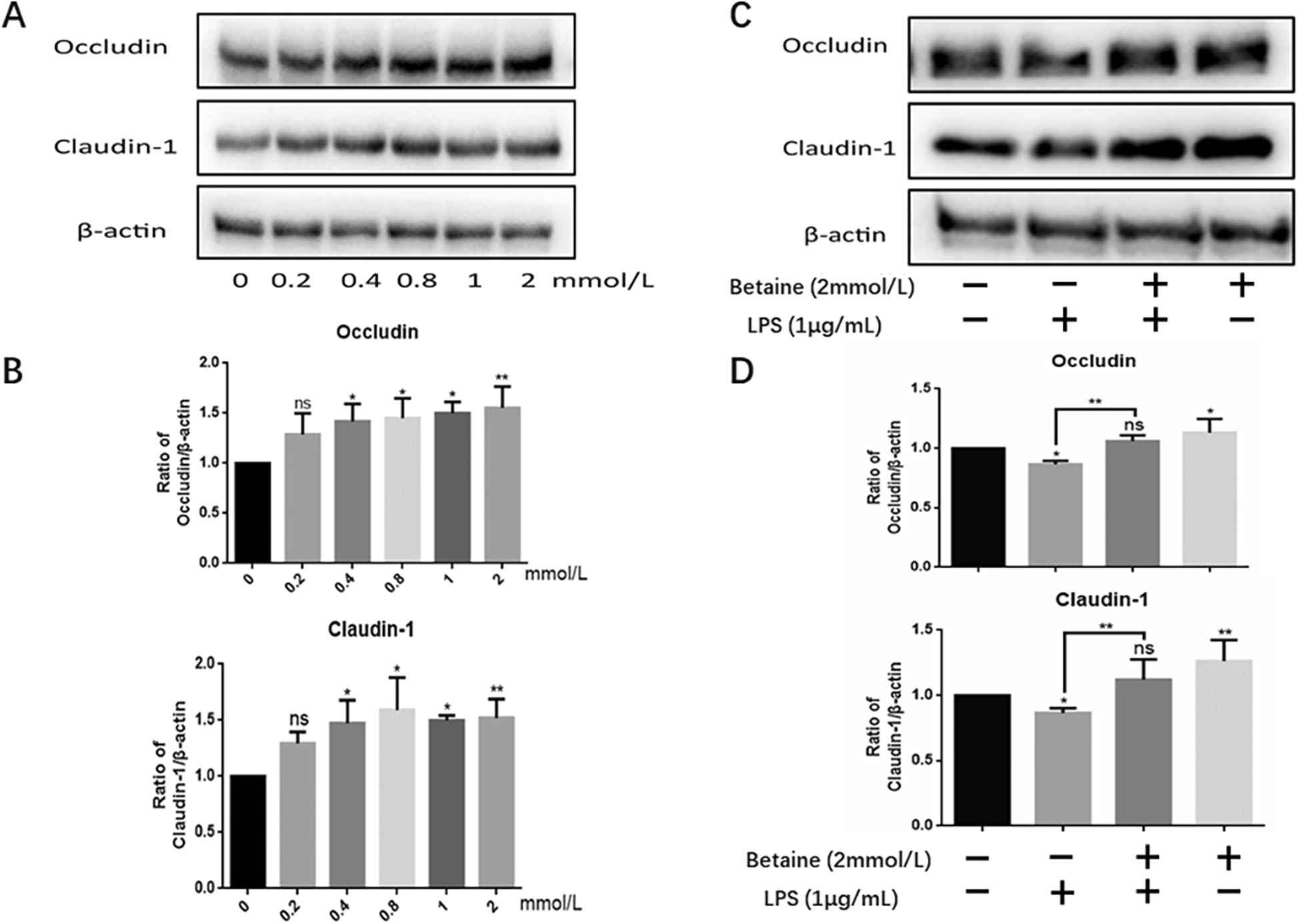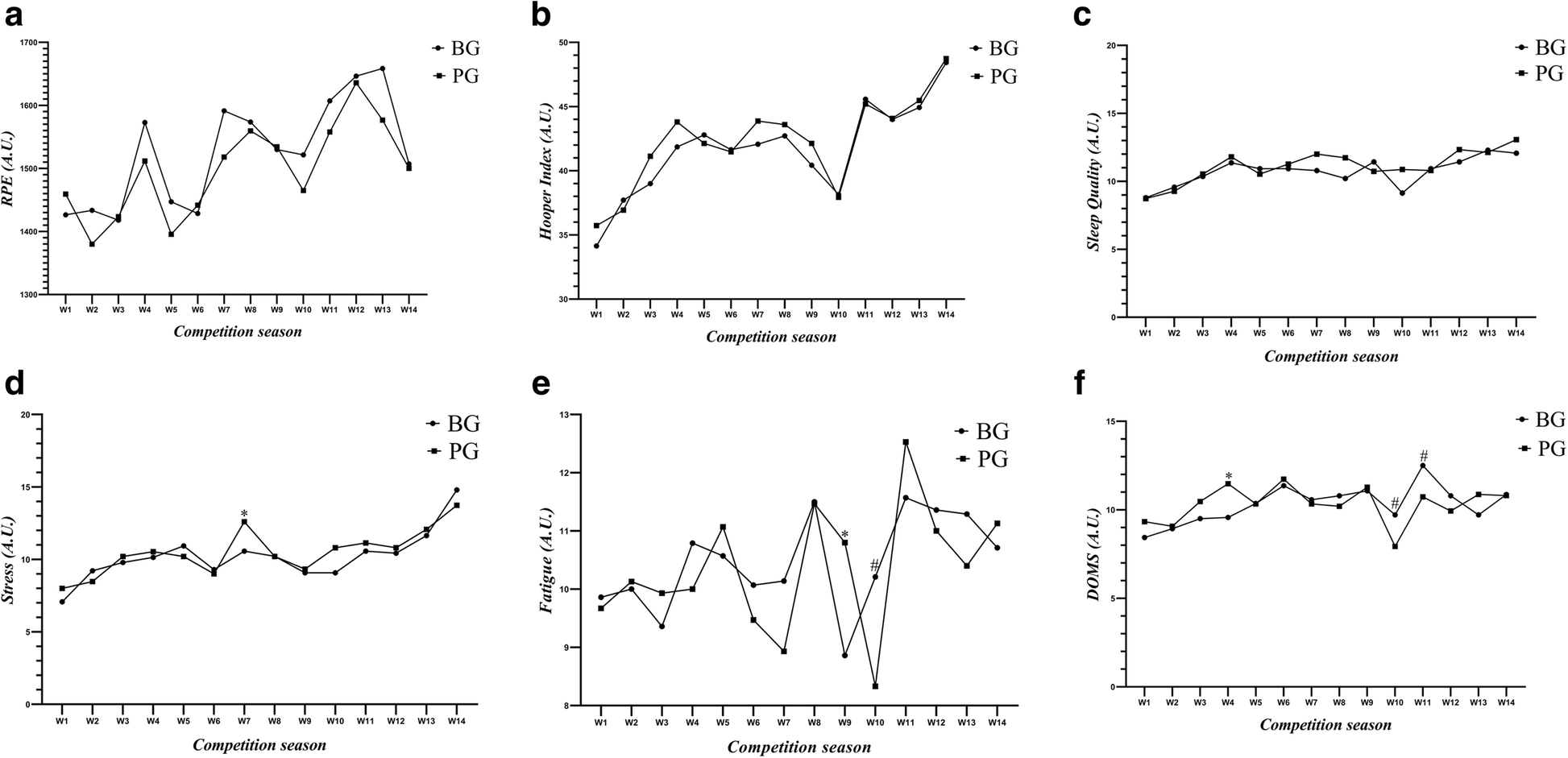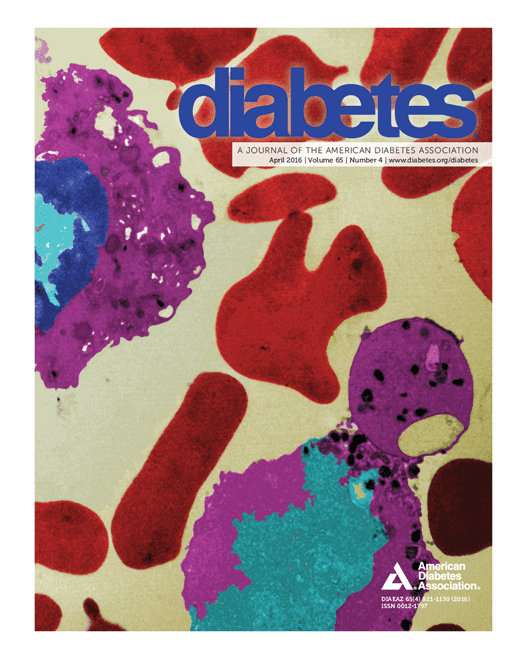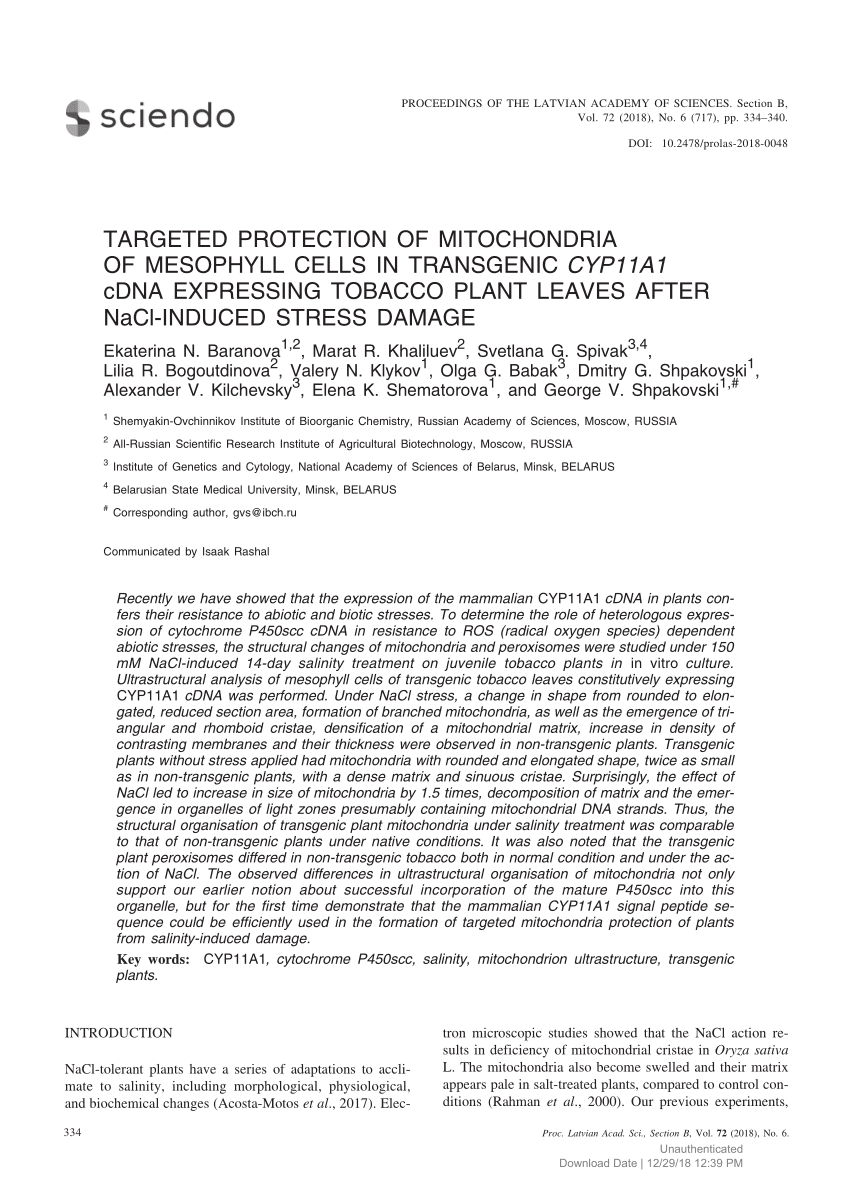LLight
Member
- Joined
- May 30, 2018
- Messages
- 1,411
Could dehydration increase the "detoxification enzymes" aldehyde oxydase / xanthine dehydrogenase?
These enzymes both require the element molybdenum, which has been found to be helpful in case of dehydrating conditions in plants. Molybdenum seems to help with osmolytes synthesis or uptake.
Dehydration has been found to increase ROS in plants. The source of these ROS seem to be these same enzymes:
The plant Mo-hydroxylases aldehyde oxidase and xanthine dehydrogenase have distinct reactive oxygen species signatures and are induced by drought and abscisic acid - PubMed
Abscisic acid which could be an homologue of retinoic acid, seems to regulate the production of these enzymes.
Some enzymes (CYP2E1, CYP3A4 and CYP26B1) participating in vitamin A metabolism (potential retinoic acid catabolism) seem to be upregulated by dehydration. Aldehyde oxidase is thought to participate in retinoic acid production (and to potentially "act in concert with the P450 system"):
The mammalian aldehyde oxidase gene family
Could it be consistent that, while water restriction could be inducing the catabolism of retinoic acid somewhere, it would also induce its production "elsewhere"?
Also, dry fasting tends to increase uric acid (Dry Fasting Physiology: Responses to Hypovolemia and Hypertonicity - PubMed), whose production can be catalized by xanthine oxidase.
Sorry for this mish-mash
These enzymes both require the element molybdenum, which has been found to be helpful in case of dehydrating conditions in plants. Molybdenum seems to help with osmolytes synthesis or uptake.
Dehydration has been found to increase ROS in plants. The source of these ROS seem to be these same enzymes:
The plant Mo-hydroxylases aldehyde oxidase and xanthine dehydrogenase have distinct reactive oxygen species signatures and are induced by drought and abscisic acid - PubMed
"Plant ROS production and transcript levels of AO and XDH were rapidly upregulated by application of abscisic acid and in water-stressed leaves and roots. These results, supported by in vivo measurement of ROS accumulation, indicate that plant AO and XDH are possible novel sources for ROS increase during water stress."
"The ability of human xanthine oxido-reductase to generate O2 and/or H2O2 in the presence of hypoxanthine and xanthine is well established and has led to the proposed role of the enzyme as a source of ROS in a range of humanpathological and physiological situations. In this case, ROS activity is the result of specific post-translational processingof the normal enzyme. NADH oxidase activity of mammalian XDH has also been detected; however, the physiological function of this activity has yet to be established (Harrison,2002; Sanders et al., 1997). The high homology between animal and plant XDH led us to hypothesize that XDH can also be a source of ROS in plants, either as O2 or H2O2 products."
I believe it's known that hyperosmolarity also induces ROS in mammalian cells."The ability of human xanthine oxido-reductase to generate O2 and/or H2O2 in the presence of hypoxanthine and xanthine is well established and has led to the proposed role of the enzyme as a source of ROS in a range of humanpathological and physiological situations. In this case, ROS activity is the result of specific post-translational processingof the normal enzyme. NADH oxidase activity of mammalian XDH has also been detected; however, the physiological function of this activity has yet to be established (Harrison,2002; Sanders et al., 1997). The high homology between animal and plant XDH led us to hypothesize that XDH can also be a source of ROS in plants, either as O2 or H2O2 products."
Abscisic acid which could be an homologue of retinoic acid, seems to regulate the production of these enzymes.
Some enzymes (CYP2E1, CYP3A4 and CYP26B1) participating in vitamin A metabolism (potential retinoic acid catabolism) seem to be upregulated by dehydration. Aldehyde oxidase is thought to participate in retinoic acid production (and to potentially "act in concert with the P450 system"):
The mammalian aldehyde oxidase gene family
"The enzymes are involved in the phase I metabolism of numerous compounds of both medical and toxicological relevance, potentially acting in concert with the microsomal cytochrome P450 system [33-39]."
"Vitamin A metabolism is probably the endogenous pathway for which more stringent information on the involvement of aldehyde oxidases is available. The ability of mammalian aldehyde oxidases to catalyse the oxidation of retinaldehyde (a physiological precursor) into retinoic acid (the active metabolite of vitamin A) was discovered in rabbit liver cytosol [53] and confirmed using purified preparations of mouse liver AOX1 [28,54]. In our hands, retinaldehyde has been one of the best substrates not only of mouse AOX1, but also of AOX3, AOX4 and AOX3L1 [14,19,27]."
Could it be consistent that, while water restriction could be inducing the catabolism of retinoic acid somewhere, it would also induce its production "elsewhere"?
Also, dry fasting tends to increase uric acid (Dry Fasting Physiology: Responses to Hypovolemia and Hypertonicity - PubMed), whose production can be catalized by xanthine oxidase.
Sorry for this mish-mash







